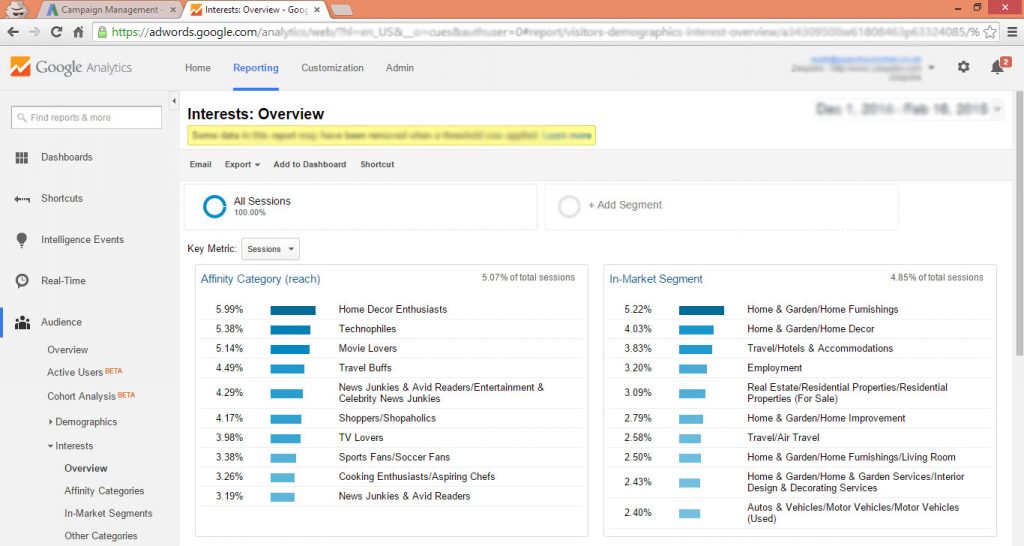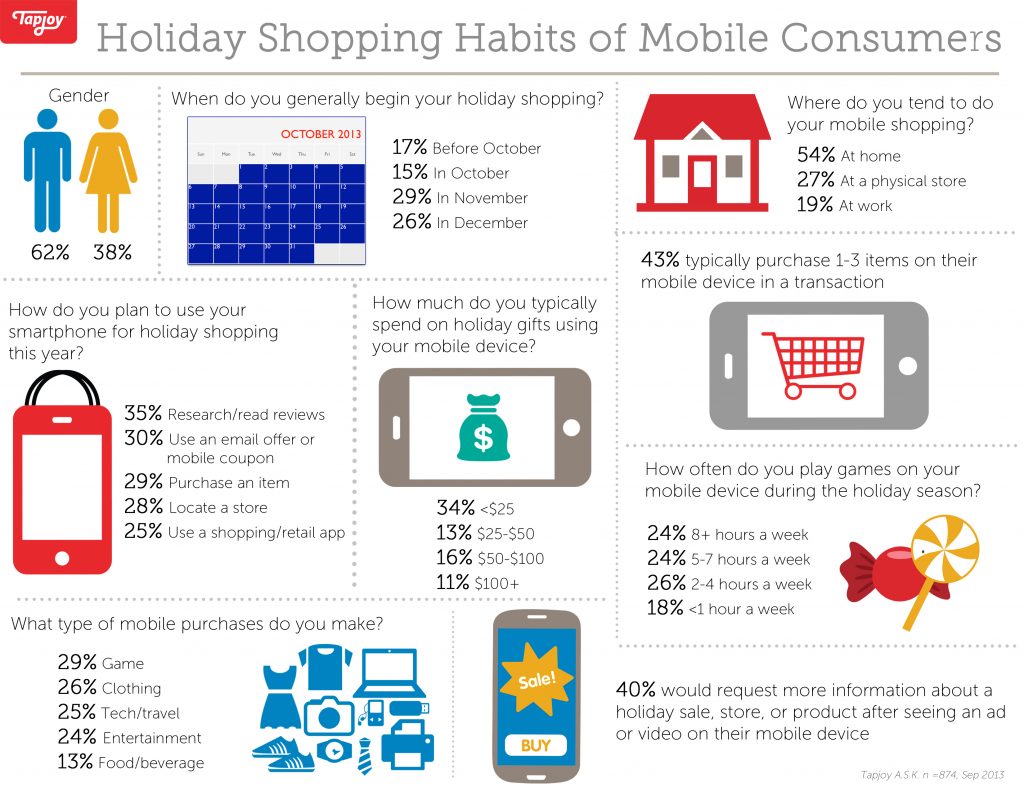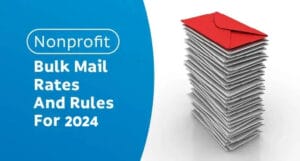Effective marketing is not about convincing people to buy
Before buying a mailing list, you need to identify the people who are interested in buying your products and make them an attractive offer to take advantage of.
Identifying your target audience is your first step in building a successful business. Addressing it to wrong people will never help you to grow. But how can you identify them? First, understand your audience’s motives, needs, challenges, buying preferences, habits, and lifestyle. Next, craft your audience persona that is an individual representation of your entire audience.
Knowing your customers will help you tailor marketing and sales efforts to reach only the segments that are most likely to buy. Your time and energy will be spent more efficiently. Let me walk you through the entire process.
How You Build Your Mailing List
Step 1. Start with your own company
First, explore your contact database. Before conducting focused interviews, do your homework, carry out passive research.
Explore information collected by your contact or submission forms about your customers’ job roles, company size, location. Look at your website analytics for your audience’s demographics and your visitors’ inquiries.
Spend time to understand trends and patterns of your Facebook Insights. They are powerful tools once you’ve learned how to use them. Track your visitors’ path through your website and learn how they interact with your content.
Interview real people. Customers can tell you a lot about how and why they use your products and where they fall short. Interview different segments of customers: people that buy from you, and people that buy from the competition. Ask them what do they think about your products and what you can do better than you are doing now.
Another way to get in touch with your customers is to ask a few questions about what they like and dislike when they call to return a product. Ask them how they have used your product and how did they find you in the first place. Keep close to you the list with questions about your customers’ preferences and buying habits.

Step 2. Understand what basic needs your product fulfill
Needs are the reasons that prompt a customer to buy. A strong need will drive a prospect to buy or will stem an irrelevant offer that doesn’t satisfy the need. Look at your prospects’ needs as opportunities for you to start a business, grow or change.
A product can fulfill several needs at a time, such as solving a problem, fitting into a budget range, providing a convenient solution, or being easy to use and aesthetically appealing. Whatever your product is, it should fulfill your customers’ needs. List all the needs your product or service may or may not meet.
Step 3. Understanding your audience shopping habits
There are plenty of surveys, studies and online resources about customers’ shopping habits. Their insights help to clarify how different categories of customers respond to various marketing strategies.
For instance, studies show that consumers shop more from supermarkets rather than traditional grocery stores to minimize their travel time and to take advantage of promotions. Also, 80% of consumers are more likely to purchase a product online, when offered free shipping.
80% of customers are satisfied by a variety of choices offered and well-organized shelves, while disorganized shelves and limited quantities of product categories cause them to feel disgusted.
Knowing all the facts about shopping and consumption habits of your targeted audience can help you positively channel their attention to your business. The free return policy can increase spending by 158-457%! Including online shopping and free shipping as options will encourage them to choose you over your competition. Adding the convenience factor will attract younger customers used with web technologies that do everything for them.
List all shopping habits that can help you craft your product policy, from marketing to delivery and you will understand what they buy, where they buy it, how they shop and what type of marketing resonates with them.
Read the Online Consumer Shopping Habits and Behavior
Step 4. List the core values/benefits your product offers
List all the values/benefits your product offers and draw a line to the demographic groups that prioritize these values. What do they really buy? A smartphone or an easy way to be online wherever they go?
Examples:
- Stroller easy to fold into a compact portable shape states for the value of free movement, much appreciated by millennial moms.
- iPad is preferred for its on-the-go connectivity. The core value for this product will be also freedom of movement.
- For a simple car, the value would be transportation, for a fancy sports car – status or power.
Your product is more than you see when you buy it. What you buy is a complex of benefits that satisfy your needs.
A better understanding of your audience will help you acquire the right mailing list and therefore to better customize your marketing efforts – from messaging to delivering – and to make a greater impact on your prospects and your sales. If you have all the information you need about your target audience, you are ready for the next step, audience segmentation.
Here is a list of questions that can help you synthesize all the information about your customers: “Audience Identification Worksheet”
Further, decide your mailing strategy and your mailing list segmentation criteria.
If you have more questions about the mailing strategies and your ideal audience, let Accurate Mailing Services help you select the right mailing list for your next direct mail campaign. Request our new price list and scan through the many options that are available to you.





